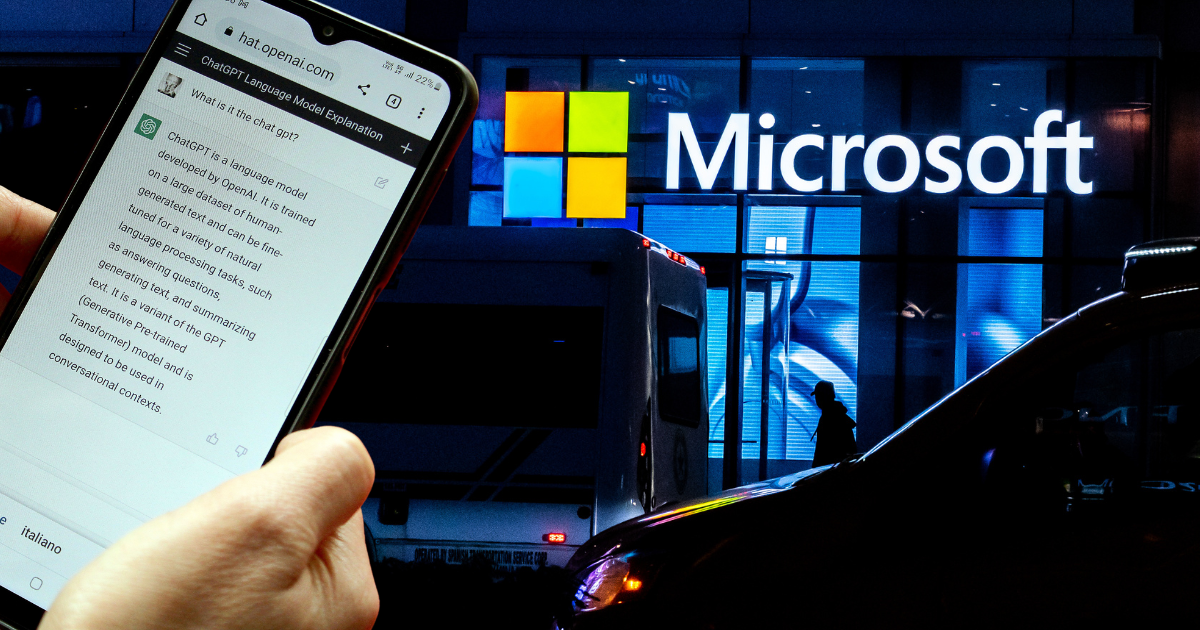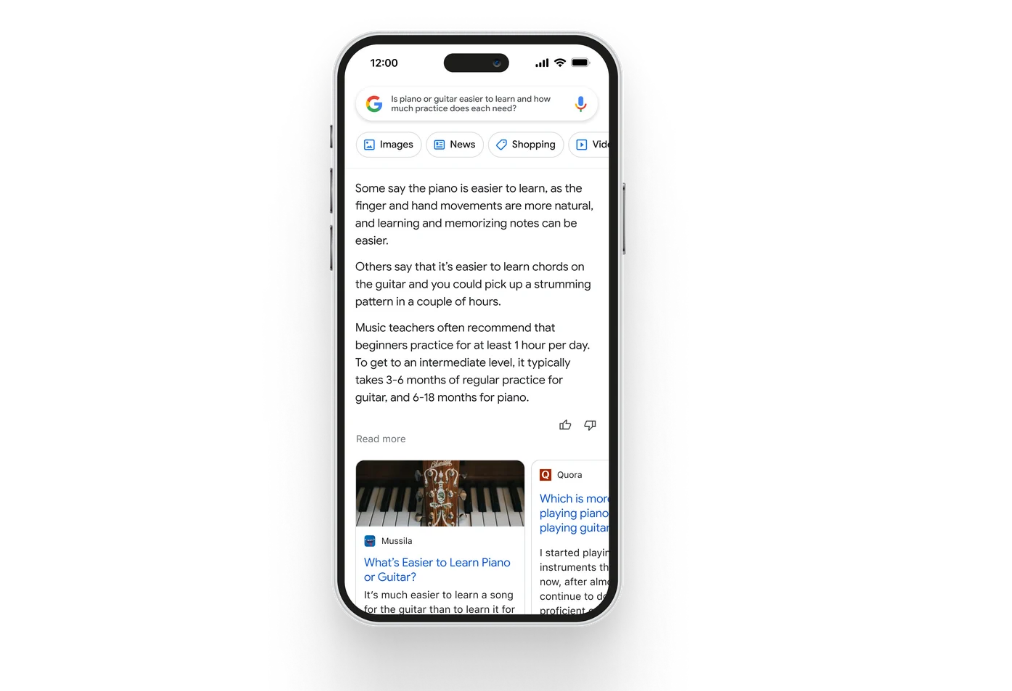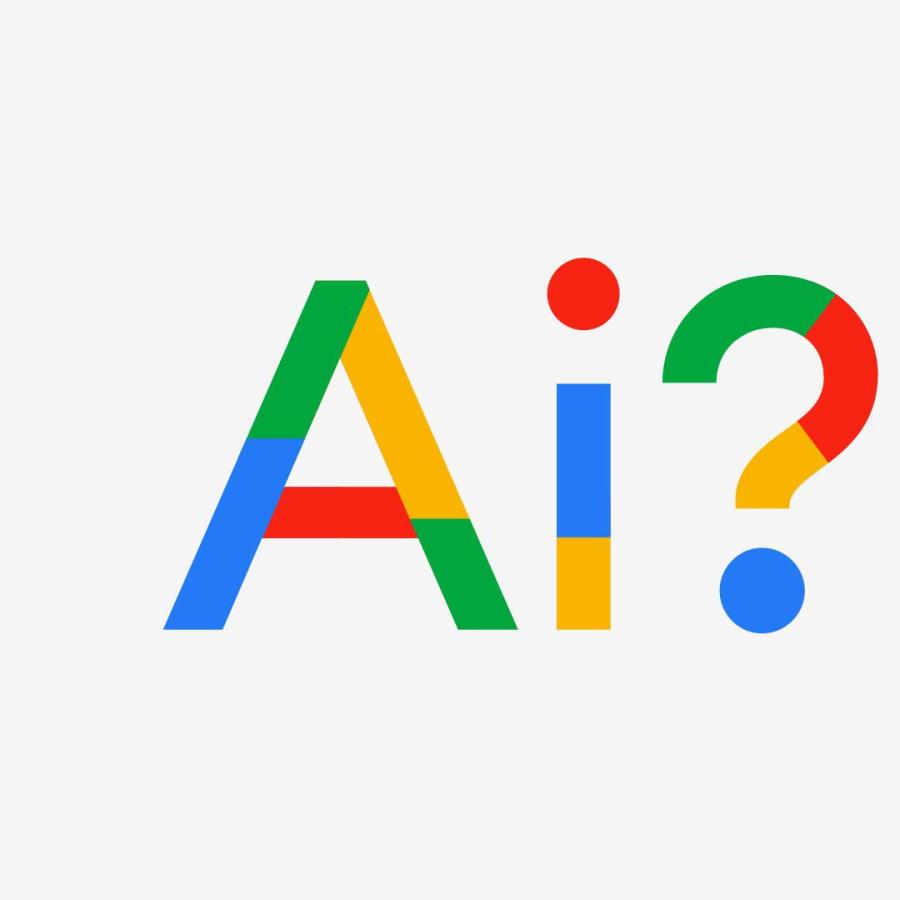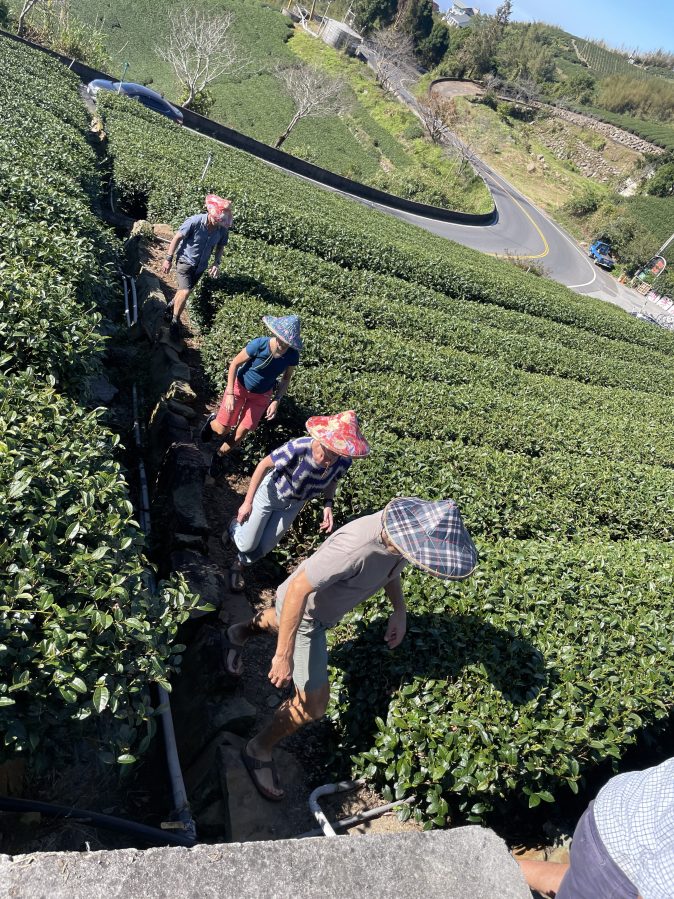Artificial intelligence (AI) crypto tokens are soaring in price this week, but price movements seem to be more of a crypto proxy to the AI bubble. The rally comes as a J.P Morgan report that says traders are turning their attention to AI and away from blockchain.
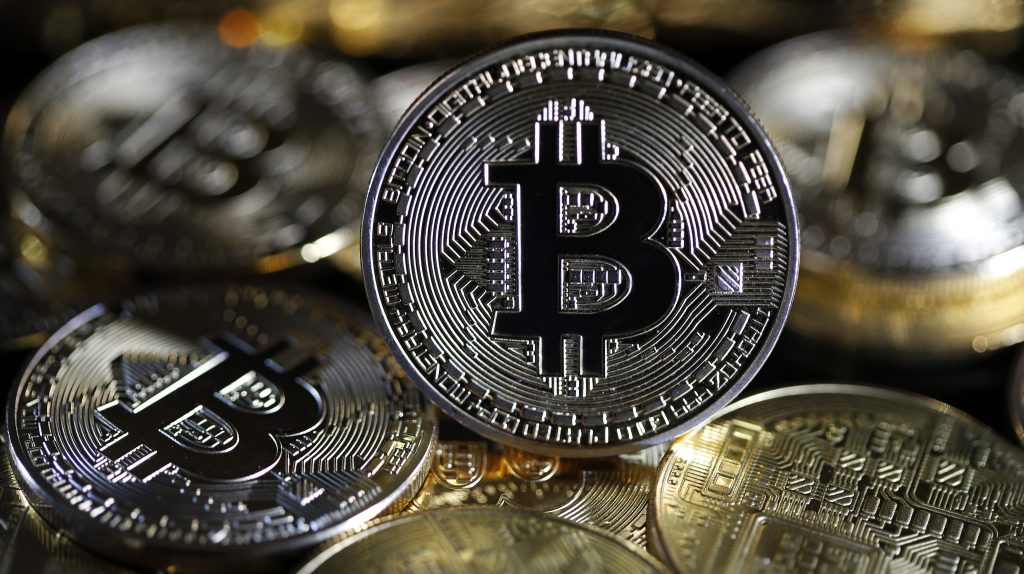
“The rise in the price of AI-related cryptocurrencies can without a doubt be driven by real and tangible developments in the AI and blockchain industries,” says Vasco Lopes, blockchain and artificial intelligence researcher at the NOVA school of technology near Lisbon, Portugal.
“However, AI-related cryptocurrencies are also influenced by hype and investor sentiment, as the increased popularity of AI and AI-related products, such as the release of OpenAI’s ChatGPT language model, generates excitement and interest in the AI sector.”
Related
AI cryptos have reached a US$4.27 billion market cap, up 56% from last week. While this is only 0.4% of the US$1.07 trillion cryptocurrency market, the rapid increase has called attention to the role of AI in cryptocurrencies.
“AI is such a new field still, definitions are still being formed, and the actual utility of tokens in AI applications has yet to be tested,” says Noelle Acheson, former head of research at Genesis Trading and at CoinDesk. “It does feel like hype has overtaken actual growth potential.”
Crypto markets are often fueled by current trends, says Juan Leon, crypto researcher at Bitwise Investments. Without proper investment and development into projects, AI cryptos run the risk of becoming just another fad in an industry that has been fueled by hype.
And hype there is. Crypto AIs are led by The Graph’s GRT token, up 87% over the past seven days and 150% in the last month. The Graph Network facilitates queries of blockchain data without going through a server. AGIX, the token of Singularity NET, which is building a marketplace for AI programs, has gained 116% in seven days and a staggering 327% in the last month. The three best-performing crypto AIs are rounded out by Fetch’s FET, up 57% in the last seven days and 140% over the past month. Fetch aims to connect different kinds of blockchain and AI technologies.
The hype has largely been led by the explosive growth of ChatGPT, an AI-powered chatbot, and Dall-E, a tool that generates images out of word-based descriptions both created by OpenAI. “There’s merit to the blockchain AI projects, but definitely technologies like ChatGPT create a sentiment of interest and FOMO [fear of missing out] about everything AI related,” says Lopes.
The craze is reminiscent of the flood of initial coin offerings (ICOs) in the crypto market during the middle of the last decade. “This AI-crypto cycle reminds me a bit of the ICO cycle in the sense that back then there was suddenly a blockchain-based token for every use case you can think of. Now we’re starting to see AI-based tokens pop-up left and right.”
Adding fuel to the fire, TronDAO announced on Wednesday the creation of a US$100 million AI development fund dedicated to “encouraging the blending of artificial intelligence technology with blockchain technology.” TronDAO governs decisions for the Tron blockchain, and its new fund will focus on AI used for payment services, blockchain oracles and content creation. The Tron blockchain’s governance token TRX fell nearly 3% today following the news, according to Nomics.
Wall Street traders have not been spared from the AI seduction—AI surpassed blockchain as the technology expected to be the most influential in the next three years, according to a J.P. Morgan report. The study found that 53% of surveyed traders, up from 25% last year, say that AI and machine learning will be the most influential technology for them. Blockchain, tied with AI for the most influential technology in 2022, only garnered 12% of the votes this year.
“The moves feel like an extension of traders looking for hot narratives regardless of actual value,” adds Acheson.
Analysts also pointed to a general risk-on investment sentiment amongst crypto investors, especially given favorable macroeconomic conditions fueled by a decrease in inflation and the slowing of U.S. interest rate hikes. These price movements, says Acheson, “tend to be a sign that the overall fear that dominated the market at the end of last year is finally dissipating.”
This story was first published on Forbes.com
